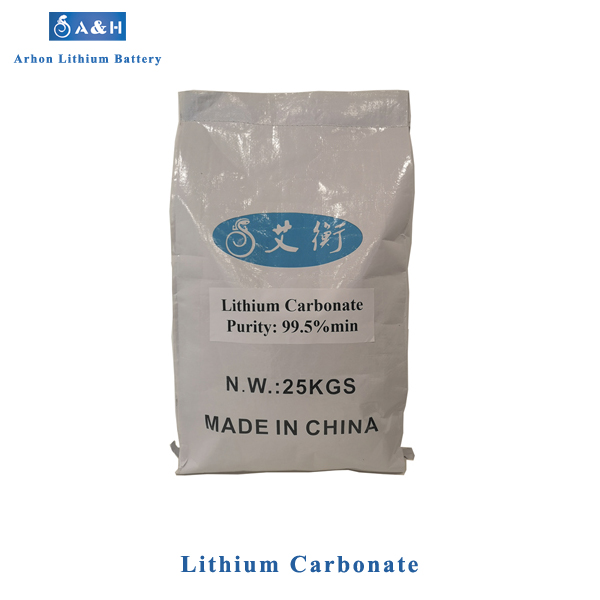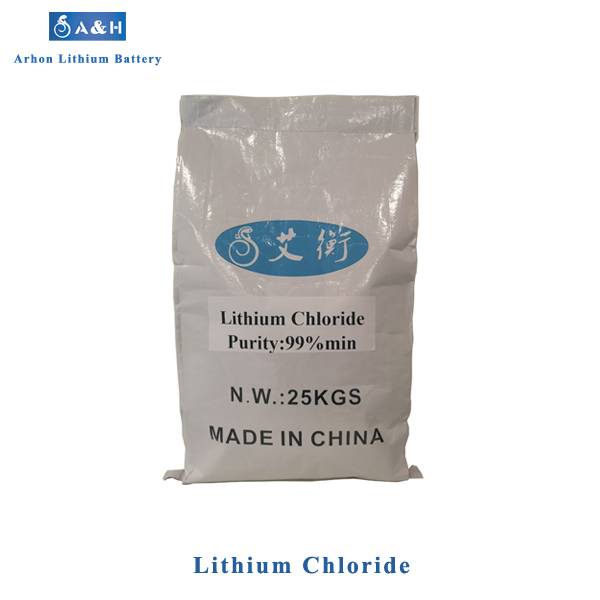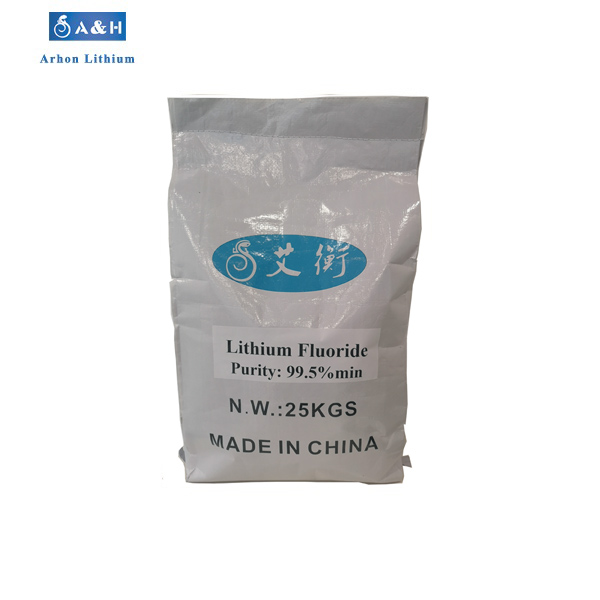Lithium Resources Markets All Round The World
On the whole, global lithium consumption is showing an increasing trend. From 2012 to 2019, global lithium consumption increased from 28,300 tons to 55,770 tons. Especially since 2015, the rapid development of the electric vehicle industry has driven lithium consumption into a stage of rapid development. Compared with the 33,300 tons of lithium consumption in 2015, global lithium consumption increased by 74.85% in 2019, with an average annual growth rate of 15%.
The global lithium production is also showing an increasing trend. Prior to 2015, the global lithium production growth was relatively slow. Affected by the financial crisis around 2015, the lithium market was sluggish, terminal market sales fell, and total global production also fell sharply. Later, as the global market recovered, global lithium production rebounded. Especially after 2015, new energy vehicles have entered a stage of rapid development, driving the lithium market soaring, and global lithium production has grown rapidly, reaching 95,000 tons in 2018, of which only two years from 2016 to 2018, the growth rate of lithium production was as high as 150% . Since 2019, due to the oversupply of the lithium market, the price of lithium has fallen. Global lithium production has dropped by 19% from 95,000 tons in 2018 to 77,000 tons.
Global lithium resources are rich and highly concentrated. 73% of lithium resources are distributed in North America and South America, while the distribution of lithium resources in Oceania, Asia, Europe, and Africa is relatively small, accounting for 8%, 7%, 7% and 5% respectively. As far as the country is concerned, lithium resources are mainly distributed in the "Lithium Triangle" of South America (Bolivia, Chile and Argentina), the United States, Australia and China.
Among the global lithium resources, salt lake-type lithium deposits are a very important type of deposit, accounting for about 66% of the global lithium resources; pegmatite-type lithium deposits are the second largest type of lithium deposits, accounting for 26% of the global lithium resources; and Currently, the relatively low-developed sedimentary rock-type lithium mines account for about 8% of the global lithium resources.
Salt lake brine-type lithium mines are formed by the accumulation of salty groundwater that dissolves a large amount of lithium, and are mostly formed in closed basins in arid regions. Lithium in the deposits appears in the form of intercrystallite brine, pore brine and surface brine. The global salt lake brine type lithium deposits are mainly distributed in the low and middle latitude zones on both sides of the equator. The area between 23°south latitude and 40°north latitude is a favorable metallogenic zone. The four most famous salt lake brine lithium mines in the world are the Uyuni Salt Lake in Bolivia, the Atacama Salt Lake in Chile, the HombreMuerto Salt Lake in Argentina, and the Salt Lake in China. Among them, Uyuni Salt Lake and Atacama Salt Lake have concentrated more than 70% of the world's reserve base.
Granite pegmatite-type lithium deposits mainly occur in metasomatic pegmatite veins, which are usually found on the margins of large granite intrusions and often on top of them. Before the metallogenic age, the Cambrian period was dominant, and a few were formed in the Early Paleozoic.
The zoning of pegmatite leads to uneven distribution of lithium content, and its formation scale and potential reserves are smaller than those of salt lake brine type lithium deposits. This type of deposits are widely distributed, among which the more famous deposits are located in Pegmatite deposits in Bernie, Canada, Greenbush, Australia, Kings Mountain in the United States, Biquita, Zimbabwe, and China. The ore minerals mainly include spodumene, laphurite, lepidolite and so on.



